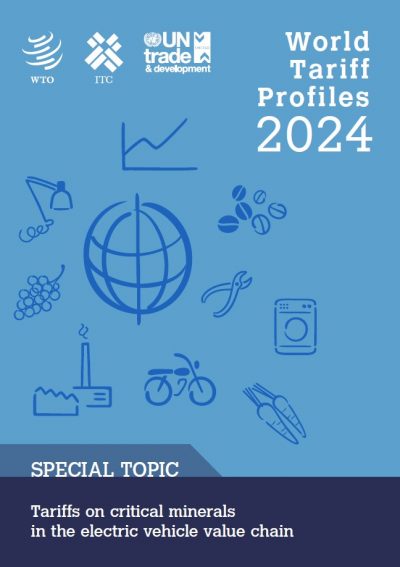
Last week, The World Tariff Profiles 2024 was published by the World Trade Organization (WTO) in collaboration with the International Trade Centre (ITC) and UN Trade and Development (ex-UNCTAD). This instrument describes the tariff and non-tariff measures imposed by more than 170 countries and customs territories in the world. But what is the data showing us now?
Heterogeneity of Most-Favored Nation (MFN) Average Tariffs in Africa: MFN tariffs are the tariff rates that a country applies to imports from all its trading partners that are not part of a preferential trade agreement (such as a free trade area or customs union). Practically they’re the highest (most restrictive) tariffs that a country can charge on imports. In the case of #SADC the #average #MFN rate vary significantly across and within countries.
Excluding DRC and Zimbabwe for which data is not available, the #average MFN rate is 13%; Mauritius has the lowest average MFN rate (0.8%) and Angola has the highest MFN rate (59%). Mozambique’s MFN rate stands below the regional average (10.3%).
There are also variations of MFN average rates at country level. For example, #Mozambique’s rates range from a minimum of 5.3% (mechanical, office and machinery equipment) to a maximum of 19.8% (fish and fish products).
Plus, this year’s edition also provides an in-depth analysis of tariffs on critical #minerals (including graphite produced by African countries like #Mozambique) essential for the #electric #vehicle (EV) value chain.

